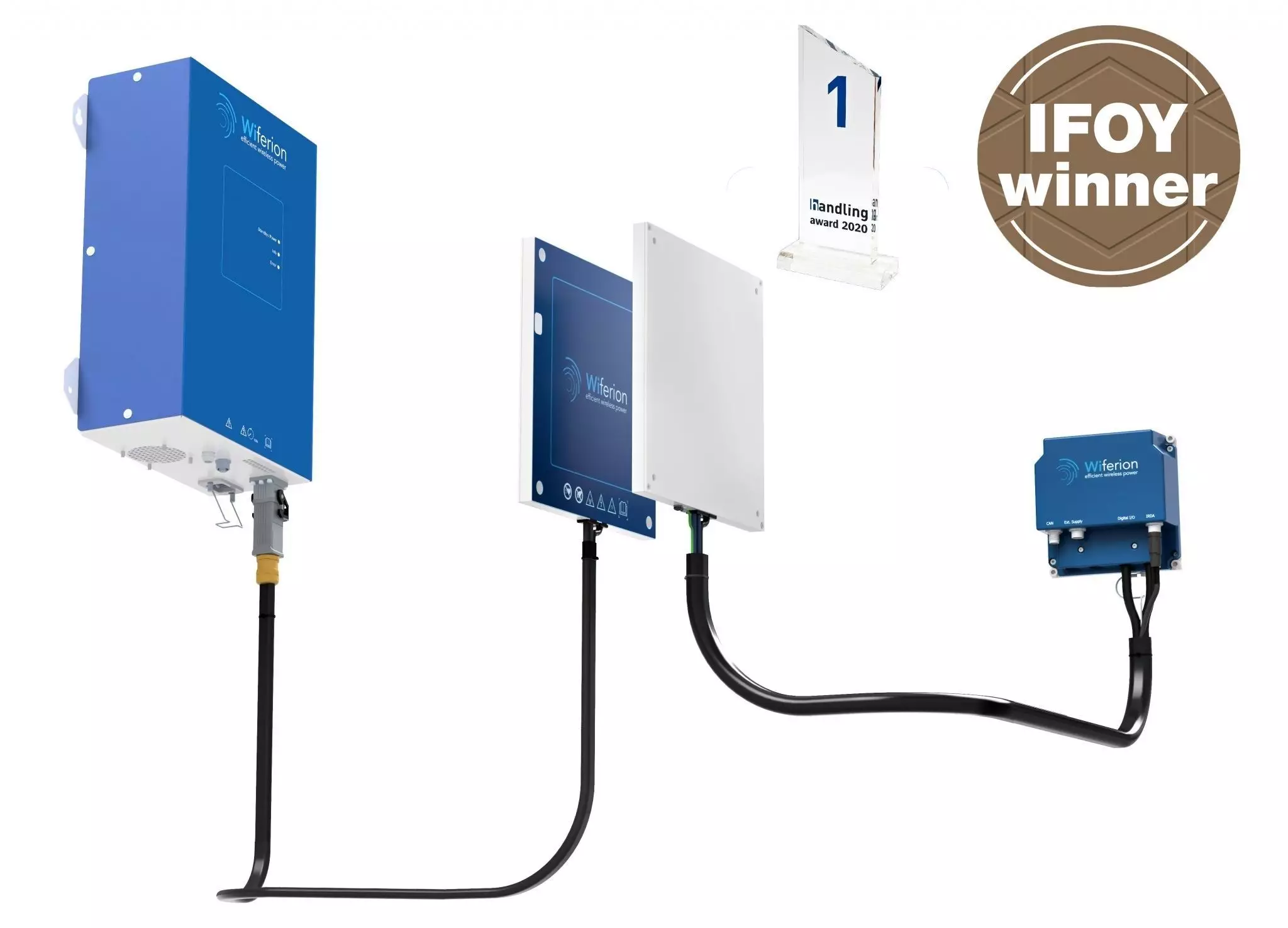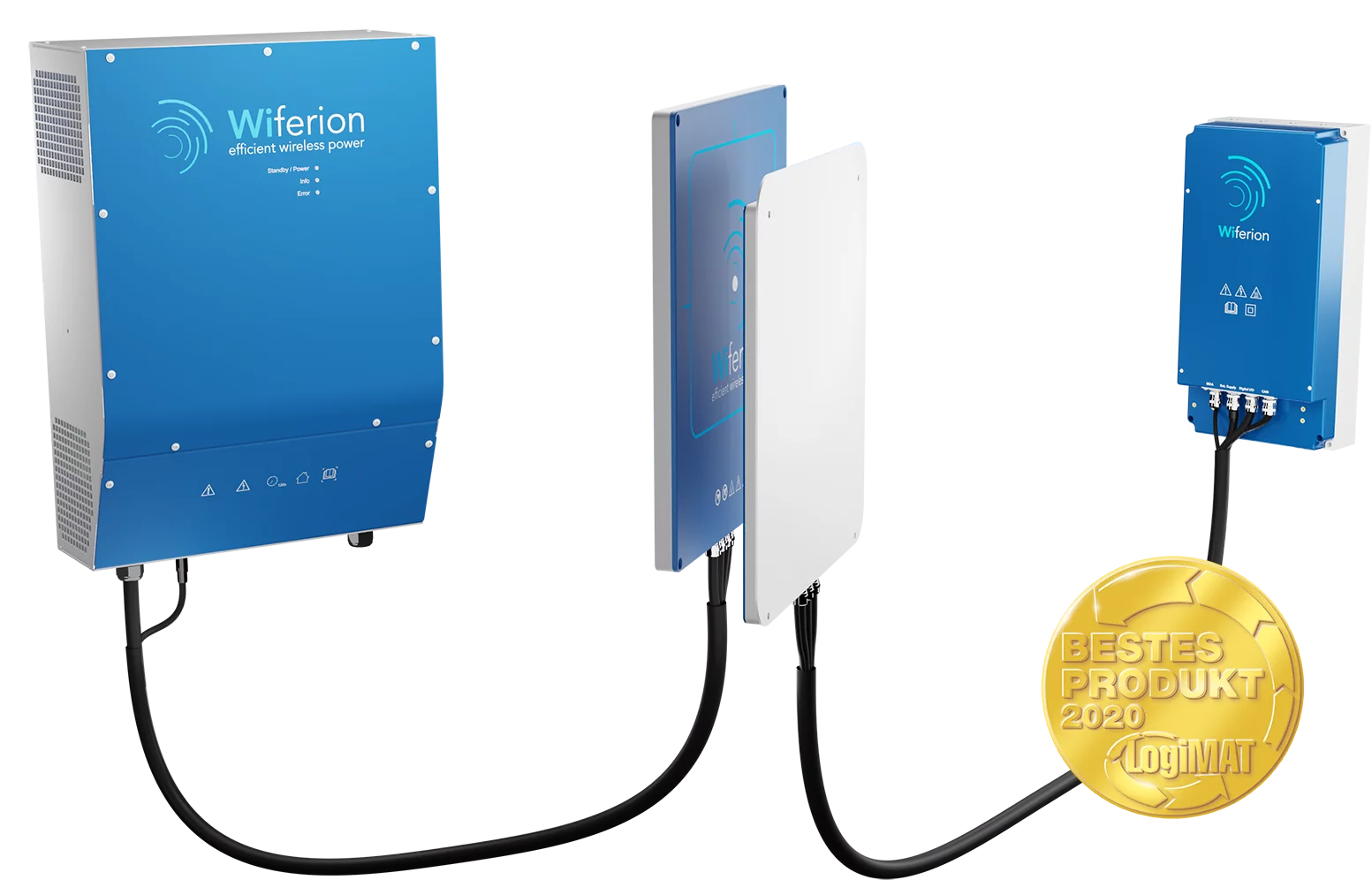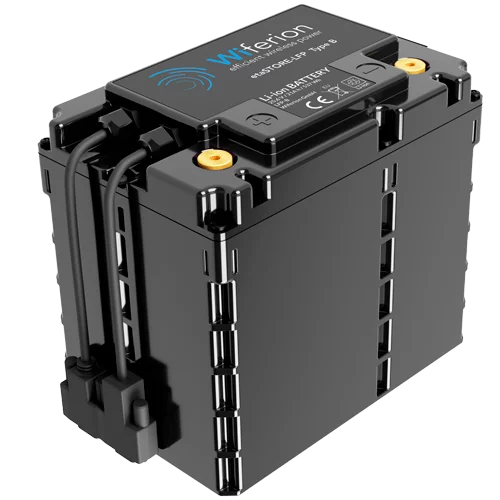Installation FAQ – frequently asked questions
Find all relevant frequently asked questions and answers about our the installation of our system
What preparations have to be made on the vehicle?
What is the best way to attach etaLINK components to the vehicle?
Can there be negative effects on the control of AGVs by the magnetic field of the coil and is the positioning of the components particularly important here?
In general, the coils are well shielded on the back. A negative influence on the control system is not known, but can generally not be excluded. We therefore recommend shielding the control and supply lines separately or carrying out your own tests.
Can the system also be used in public areas (e.g. street)?
Our system is currently only approved for the industrial sector; in its current state, the system is not suitable for use in public parking garages. However, it can also be used outside of buildings on a factory site, for example.
Can the charging systems also be used outside the building?
The charging pads are IP 65 (Protected from total dust ingress & low pressure water jets from any direction) & IP 68 (Protected from total dust ingress & long term immersion up to a specified pressure) certified and can therefore be used in areas where conventional chargers have problems. There have already been a few cases of installations of the charging pads for customers in the open air and in very dusty and dirty industrial halls.
How long does it take to integrate the inductive system in our infrastructure?
The installation of the inductive part is probably done in less than a day on site, provided that appropriate devices (bracket, frame, etc.) have already been installed and a power connection has already been provided.
What kind of power connection does the etaLINK system need?
Can the charging infrastructure be sunk into the ground in a horizontal position in such a way that it becomes almost invisible or at ground level (with no trip hazard)?
Yes, corresponding installations are already in use at automotive companies. There is the in-floor installation with the WCPS system with our partner PUK and the on-floor installation with the PowerTILES. The PowerTILES are stable rubber mats that can be laid on the hall floor depending on the requirements. The WCPS in-floor integration can also be driven over with heavy loads.
Can the stationary charging coil be covered and does the signal transmission in that case work properly?
The stationary coil may be covered with a cover plate made of non-conductive material (e.g. glass, ceramic, temperature-resistant plastic). In order to guarantee the full functionality, a small transparent window for the IrDA communication interface must be integrated into the cover.
Is in-floor integration possible?
Yes. The WCPS system developed with our Partner, the PUK Group (www.wcps.puk.com) offers a VDE-certified floor integration solution for almost all hall floors. Corresponding installations are already in use at automotive companies. The system, which is only 45mm deep, can be easily integrated and installed. The system is heavy-duty and protects the charging electronics, safely guides the cables and is level with the surrounding floor - without any edge or risk of tripping. If for special reasons an in-ground integration is excluded, it is possible to use an on-ground system with PowerTILES.
Productoverview
You haven`t found what you`re looking for or have additional questions about our system and products? Please don`t hesitate to fill out the form and get in touch with us!





